Picture this: a pack of wolves returns to a barren landscape and within just twenty years, entire rivers start meandering differently. Sound like something out of a fairy tale? Well, it’s actually happening right now in Yellowstone National Park, and scientists are still scratching their heads at just how dramatically nature can rewrite itself when given the chance. For decades, researchers have been watching one of the most remarkable ecological experiments unfold before their eyes. When wolves were reintroduced to Yellowstone in the mid-1990s after being absent for nearly seventy years, nobody quite expected the avalanche of s that would follow. Now, a groundbreaking new study has put actual numbers to this transformation, and the results are honestly mind-blowing.
The Numbers That Tell an Incredible Story
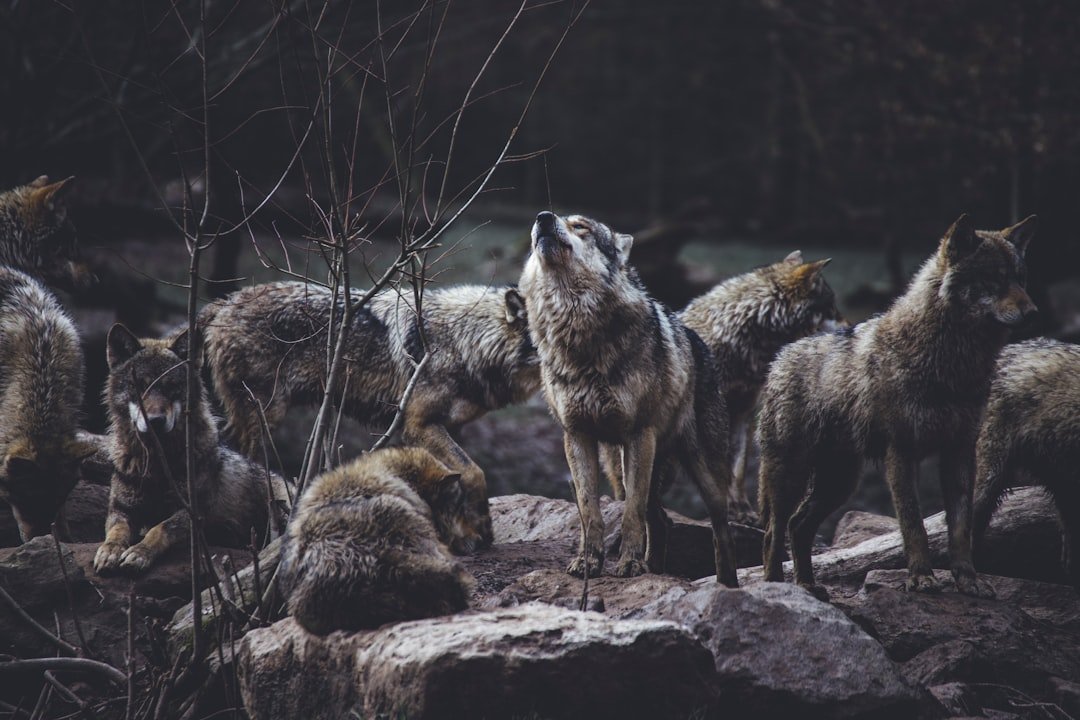
A recent comprehensive study analyzing twenty years of data from 2001 to 2020 revealed a staggering 1,500% increase in willow crown volume along riparian zones in northern Yellowstone National Park. That’s not a typo – we’re talking about willow shrubs growing fifteen times bigger in areas where wolves have returned to their natural hunting grounds. This remarkable recovery surpassed 82% of trophic cascade strengths documented in similar studies worldwide, making Yellowstone’s transformation one of the most powerful ecosystem recoveries ever scientifically recorded. Think of it like nature’s own version of hitting the reset button, except the results are even better than anyone imagined.
When Predators Become Ecosystem Architects
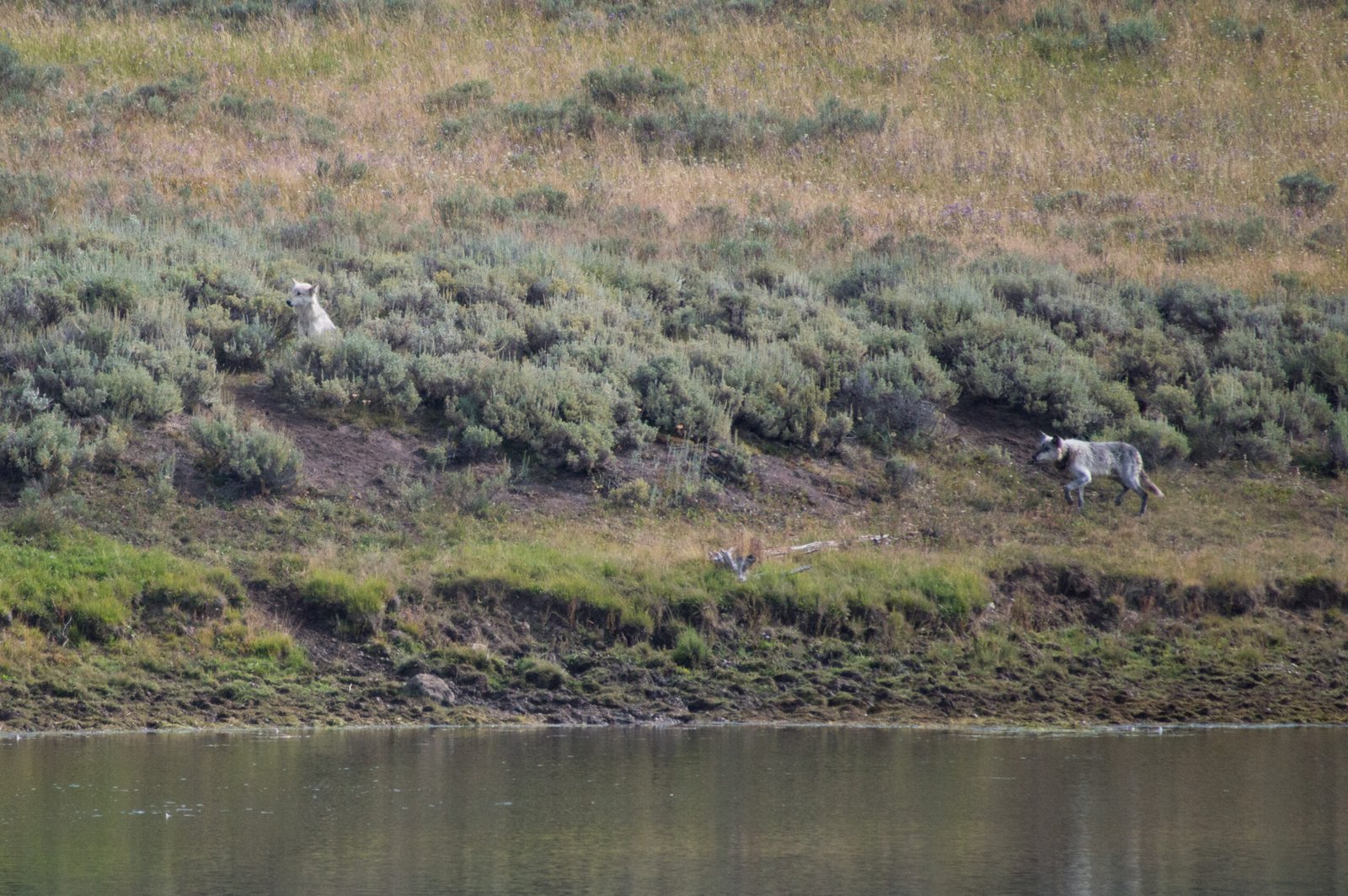
Wolves accomplish this seemingly magical transformation through one simple behavior: they make elk run. Before wolves returned, entire elk herds would settle comfortably along riversides, methodically stripping away every piece of vegetation they could find – grasses, bushes, saplings, even small trees – before casually moving to the next spot and doing it all over . After decades without wolf predation, elk had completely denuded much of Yellowstone’s landscape and killed many of the smaller trees that line riverbanks. The park looked more like an overgrazed pasture than the wild ecosystem it was meant to be. But when wolves stepped back onto the scene, everything changed almost overnight.
The Landscape of Fear Takes Hold
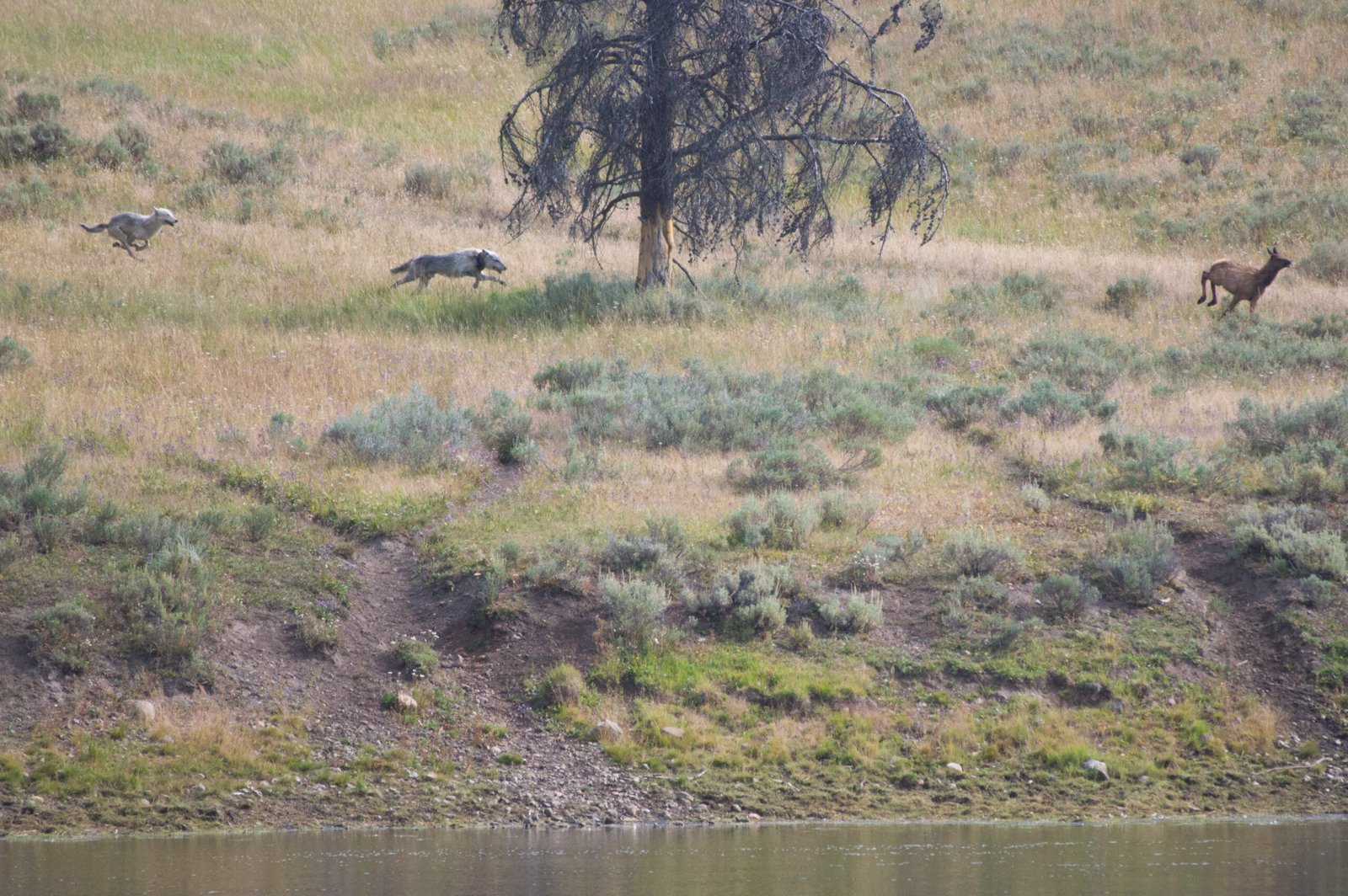
Scientists describe this phenomenon as creating a “landscape of fear” that discourages elk from over-browsing plants and trees around Yellowstone’s rivers. It’s not just about wolves killing elk – though they certainly do that – it’s about completely changing how elk behave across the entire landscape. When wolves chase elk during hunts, the elk are forced to run faster and farther, and as they run, their hooves actually aerate the soil, making it perfect for water retention and allowing more grasses to grow. Nature has its own way of making everything work together, and wolves are like the conductors of this enormous ecological orchestra.
Willows Rise From the Ashes
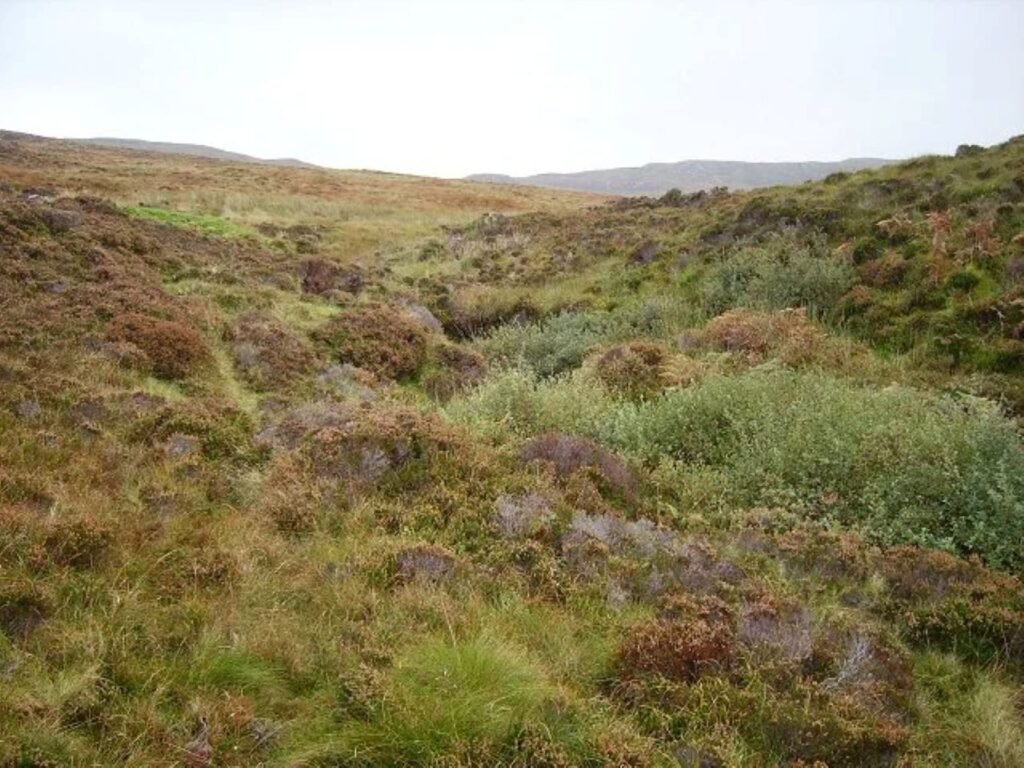
Since elk can no longer remain stationary for extended periods, aspens and willows in specific areas aren’t heavily grazed anymore, allowing them to fully recover between elk migrations. This recovery is measured through willow crown volume – essentially the total space occupied by a shrub’s branches, stems, and leaves – demonstrating a significant three-dimensional recovery of streamside vegetation. The transformation isn’t just happening in random spots either. While researchers note considerable variability in recovery rates, with not all sites recovering at the same speed or to the same extent, the overall trend is unmistakably positive across the northern range of the park.
Beaver Colonies Make Their Comeback
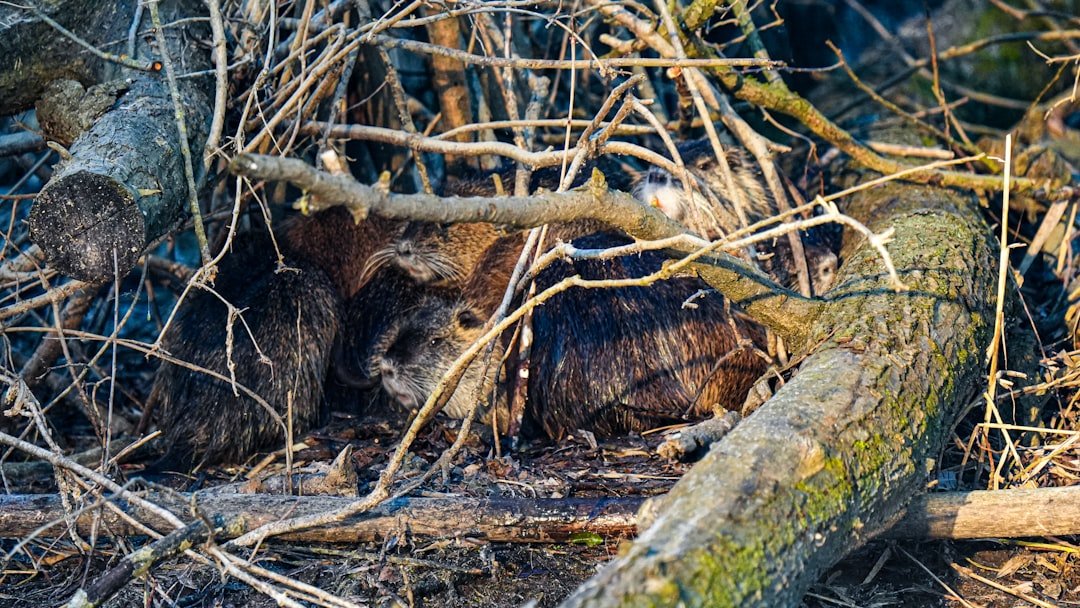
When wolves were reintroduced to Yellowstone in 1995, there was only one beaver colony remaining in the park, but today the park is home to nine beaver colonies with more expected to come. With elk constantly on the move during winter, willow stands recovered from intense browsing, and beavers rediscovered an abundant food source that hadn’t been available for decades. After wolf reintroduction, beaver colonies increased 14-fold, and rising water tables caused by beaver dams became a main trigger for additional willow responses. It’s like a positive feedback loop where each species helps the others thrive in ways that scientists are still discovering and documenting.
Rivers Actually Change Their Course
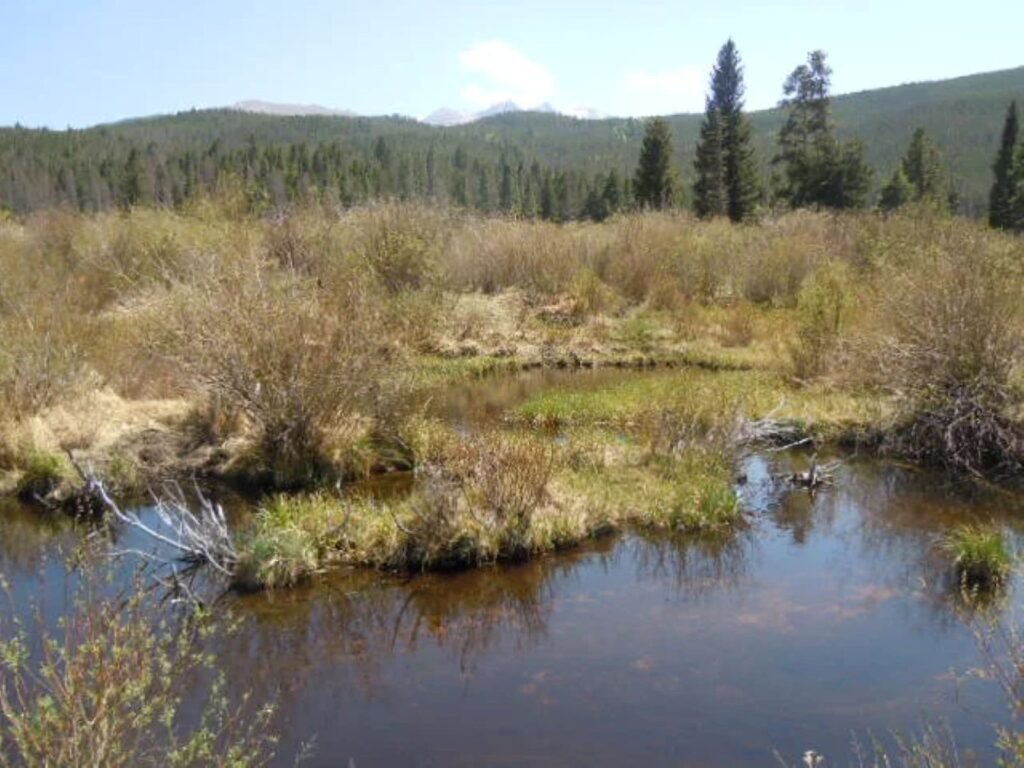
Here’s where things get really wild – and we mean that literally. The regrowth of plants and trees has been so powerful that it has caused rivers to actually move as riverbank erosion slowed down, leading to less meandering and allowing channels to deepen with small pools emerging, which eventually changed the geography of the surrounding area. Beaver dams create multiple effects on stream hydrology by evening out seasonal pulses of runoff, storing water for recharging the water table, and providing cold, shaded water for fish, while robust willow stands provide habitat for songbirds. Rivers that had been cutting straight channels through barren landscapes are now winding through lush vegetation .
Songbirds Return to Their Concert Halls
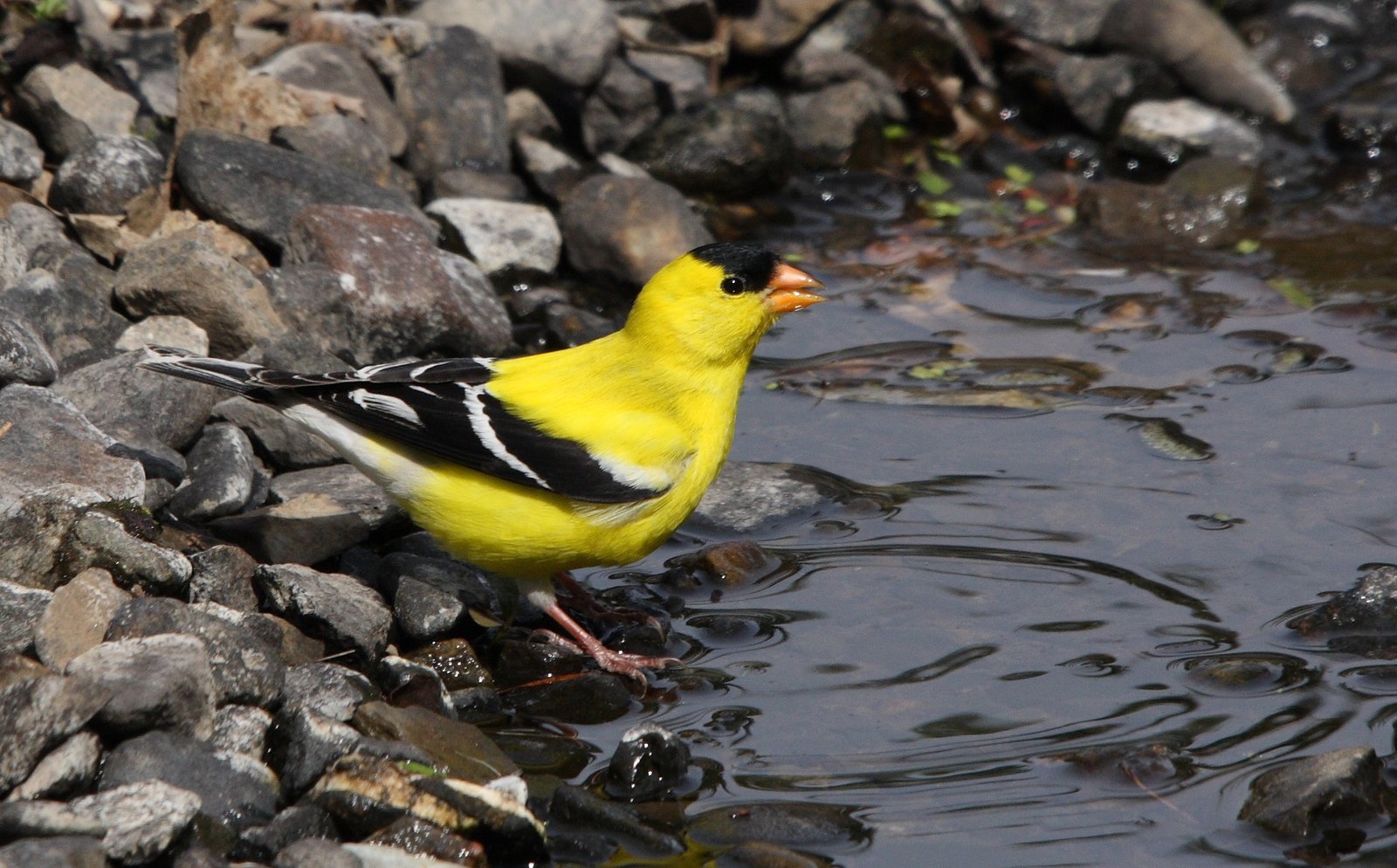
The restored willow habitat has attracted songbirds back to the streams, providing renewed food sources for beavers and fostering the creation of new habitats that benefit countless other species. Improved willow growth provides habitat that allows for greater diversity and abundance of songbirds such as the common yellowthroat, warbling vireo, and song sparrow. Trees now shade the rivers, making the water colder, and colder water can hold more oxygen, which has provided a significant boost to fish populations. It’s remarkable how one change – bringing back wolves – has created this cascading effect that touches every level of the ecosystem.
The Coyote Factor Nobody Expected
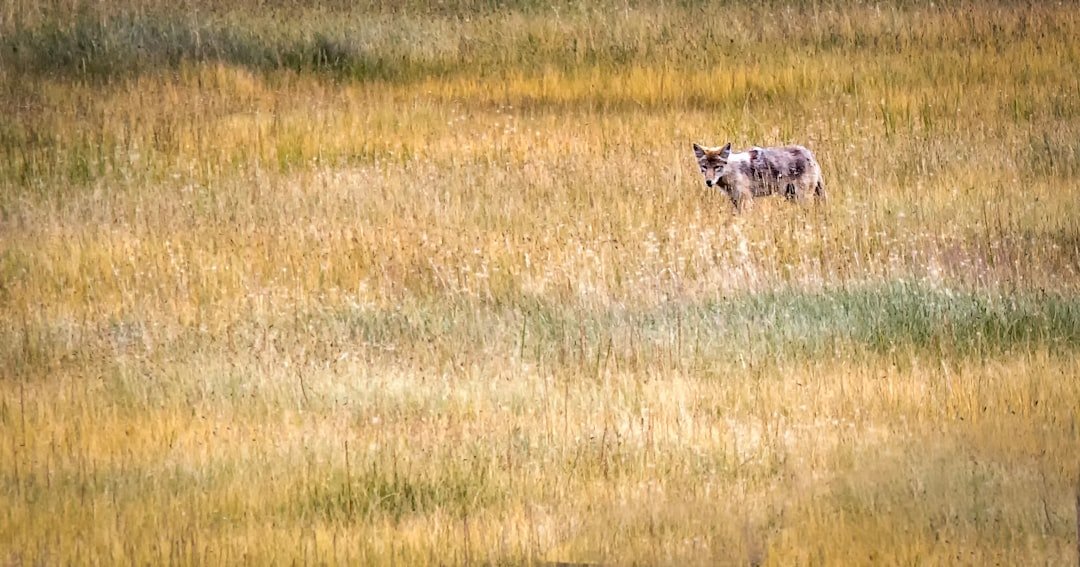
Wolves perform another essential ecosystem service by keeping coyote populations in check, with coyote populations being reduced by approximately 50% in areas occupied by wolves. Before wolves returned, coyote numbers were spiraling out of control just like everywhere else in the country. With fewer coyotes hunting small rodents, raptors like eagles, hawks, and osprey have more prey available and are making a remarkable comeback, while the coyote population decrease has potentially allowed more small mammals that provide food for other avian and mammalian predators. Even grizzly bears benefit because they successfully steal wolf kills more often than not, giving them additional food to feed their cubs.
The Science Behind the Magic
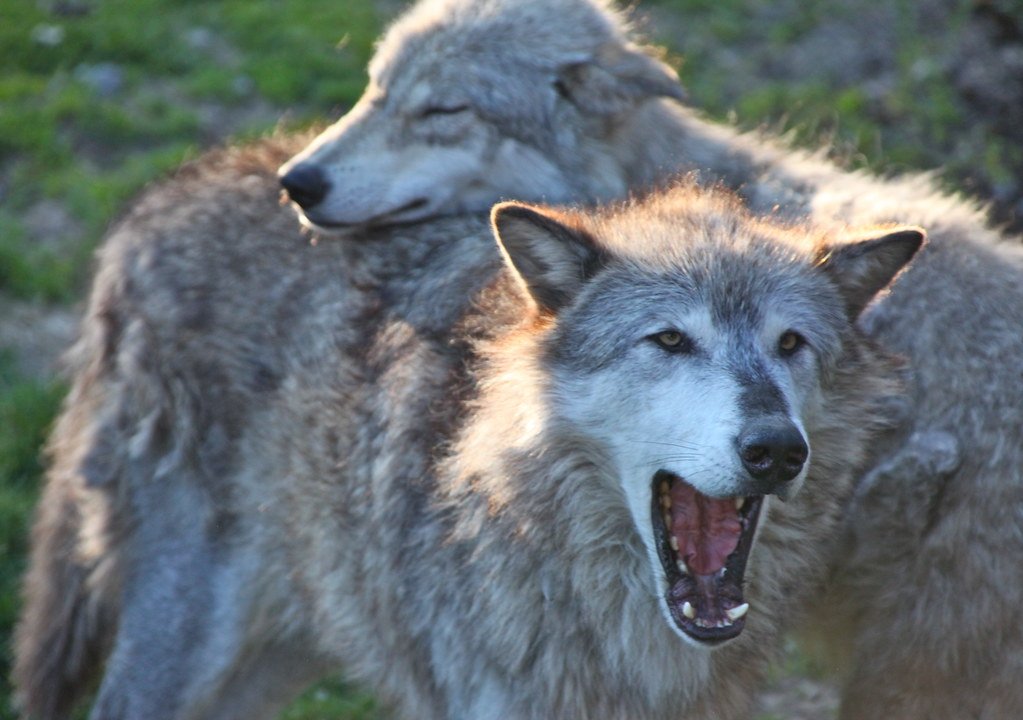
This groundbreaking study was led by Dr. William J. Ripple of Oregon State University and the Conservation Biology Institute and published in Global Ecology and Conservation. Using the log10 response ratio as a standardized indicator of trophic cascade strength, scientists quantified changes in willow crown volume following the 1995-96 reintroduction of gray wolves, which completed the large carnivore guild. By measuring crown volume, researchers could calculate the shrubs’ overall biomass and the amount of organic material available at the plant level of the food web, making Yellowstone’s northern range the perfect natural laboratory for studying these changes with lessons that can apply to ecosystems globally. The scientific rigor behind these findings makes them all the more impressive. But there’s still plenty of debate in the scientific community about exactly how much credit wolves deserve for all these changes. Some scientists who have studied the effects of wolf reintroduction suggest the story may not be entirely straightforward, with questions remaining about how strong the cascade effect really is and to what extent wolves have contributed versus other factors. The transformation of Yellowstone stands as one of the most compelling examples of how restoring natural predator-prey dynamics can have cascading benefits throughout an entire ecosystem. As researchers note, it’s a compelling reminder of how predators, prey, and plants are interconnected in nature, and how sometimes the most dramatic changes come from simply letting nature do what it does best. What makes this story even more remarkable is that we’re still in the early stages of recovery. Scientists confirm that ecosystem recovery takes time, and in the early years of this trophic cascade, plants were only beginning to grow taller after decades of suppression by elk, but the strength of recovery became increasingly apparent in subsequent years. A wild wolf population actually creates a stronger, healthier, and more balanced ecosystem, and with new knowledge of trophic cascades, we can now focus wilderness recovery efforts on a wider variety of ecosystems, using Yellowstone as an example to teach the world about wolves’ positive and vital role in nature. Isn’t it amazing how bringing back one species can literally change the course of rivers and transform an entire landscape? What other ecosystem recoveries do you think we might witness in the years ahead?

Hi, I’m Andrew, and I come from India. Experienced content specialist with a passion for writing. My forte includes health and wellness, Travel, Animals, and Nature. A nature nomad, I am obsessed with mountains and love high-altitude trekking. I have been on several Himalayan treks in India including the Everest Base Camp in Nepal, a profound experience.



